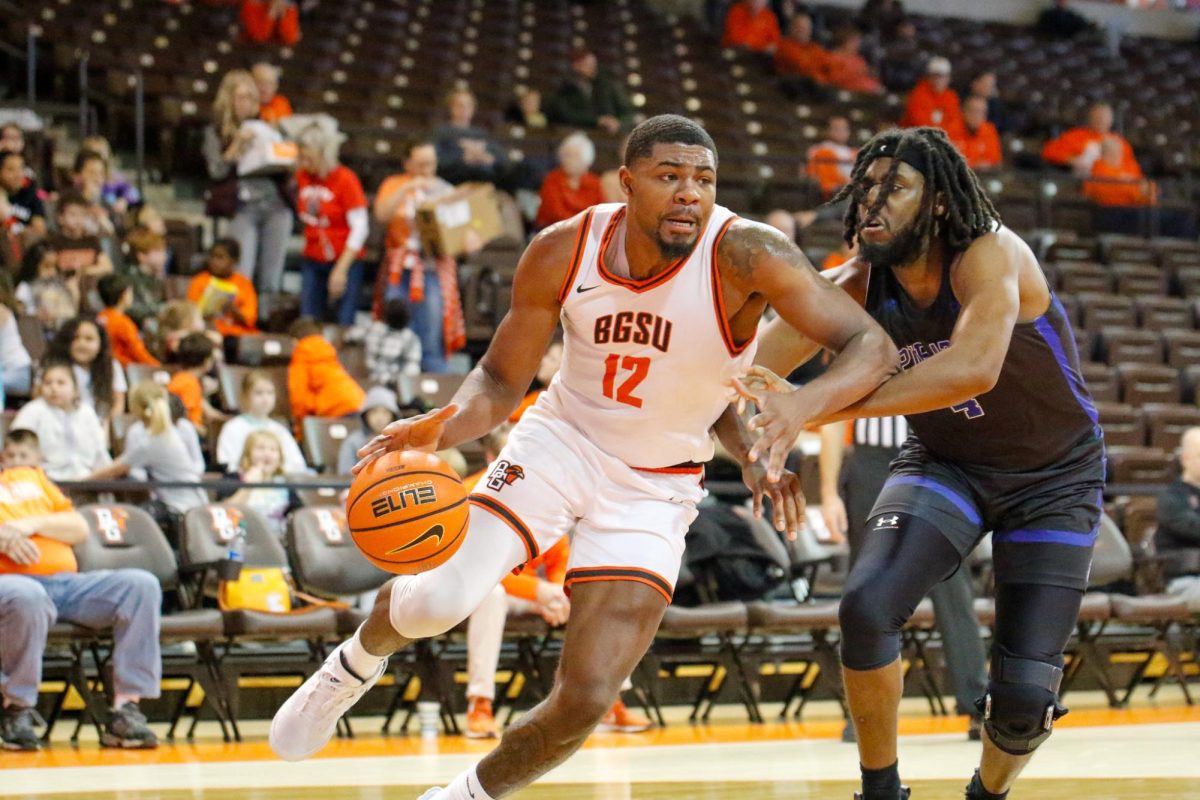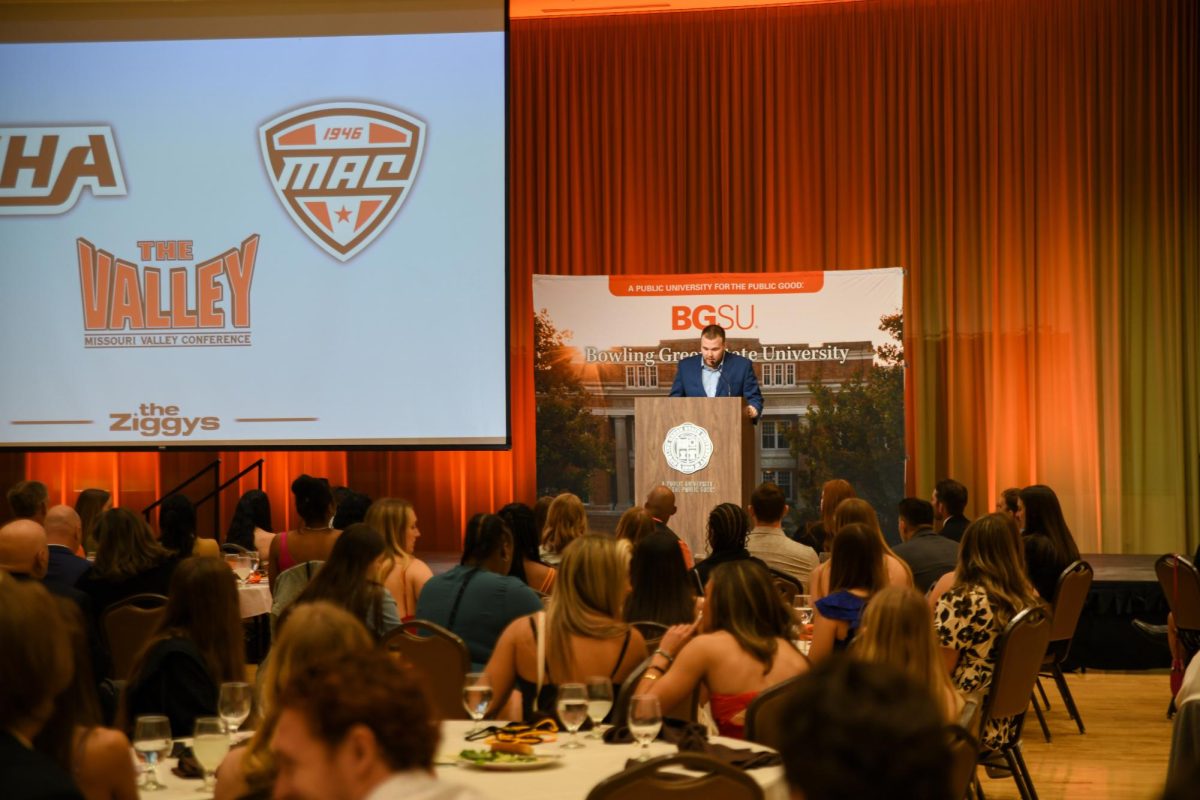By Christy Hoppe The Dallas Morning News (KRT) AUSTIN, Texas _ A Harvard study released Monday suggests that automatic college admission for top-tier high school graduates is less successful than affirmative action programs and has only spotty success in making campuses more diverse. Without aggressive recruiting programs, scholarships and financial aid packages, most of the programs probably wouldn’t improve the number of blacks and Hispanics who attend college, the study said. “Without such supports, the plans are more like empty shells, appearing to promise eligibility, admission, and enrollment for previously excluded groups, but actually doing very little,” stated the report by two professors from the Civil Rights Project at Harvard University. Two of the leading opponents of affirmative action in higher education _ former Texas Attorney General Dan Morales, who was key in ending race-based decisions in Texas schools, and University of California regent Ward Connerly, who has led the charge against affirmative action in California and nationally — said they believe the Harvard findings. But both took issue with the specialized efforts to bring minorities into universities, saying the emphasis should be placed on improving kindergarten through 12th grade so that all students can compete equally. Connerly said that automatic admission programs are just a back-door way to achieve greater minority participation in college, the validity of which he questions. “You’ve begged the question of whether it’s appropriate for government to try to engineer an outcome,” he said. He said it wouldn’t disturb him if campuses had virtually no diversity as long as the outcome was that everyone had a chance to compete for the openings. “I don’t view with alarm the fact that 10 out of 11 basketball players out there on the court might be black. Those things do not alarm me as long as the process of competition is a fair one,” he said. Morales said he believes most minorities oppose race-based preferences. He said he prefers criteria based on need and accomplishment. “Given that our objective is to increase the numbers and percentages of minorities to get into good educational opportunities, the way to do that is to concentrate on secondary and primary education,” Morales said. The Harvard study said that those who argue against racial preferences ignore the fact that traditional admission standards disproportionately help white students, “since they are more likely to be legacies, to have households with more educational resources, to attend more competitive suburban schools, to receive more information about college, and to be able to pay for professional preparation for admission tests.” The study looked at plans from Texas, which admits the top 10 percent of high school graduates into the public university of their choice; from California, which admits the top 4 percent into universities that have available space; and from Florida, which admits the top 20 percent but also not necessarily into the school of choice. Such programs have worked at specific campuses, such as at the University of Texas and University of Florida, mostly because those schools have large admissions programs, admitting almost 60 percent of those who apply, the study found. More exclusive campuses, such as the University of California-Berkeley and UCLA, accept relatively few students, and the top 4 percent must meet additional criteria that can preclude minority students. “In the context of those differences, the percent plans seem to have the least impact on the most competitive campuses, which have persisting losses in spite of many levels of efforts to make up for affirmative action,” according to the study authored by Catherine L. Horn and Stella M. Flores. The study showed that since affirmative action programs ceased in Texas in 1996, UT has managed to rebuild to a steady percentage of minority students by using recruiting, financial aid and other incentives aimed at low-income, qualified students. Texas A’M has had less success: “On a campus that is over 80 percent white and laden with the history of an all-male, predominantly white military training institution, this is not necessarily surprising.” Freshman enrollment at all Texas schools in 2001 included 13 percent black, 21 percent Hispanic and 60 percent white. Comparatively, at the UC system, the freshman enrollment was 3 percent black, 14 percent Hispanic and 38 percent white. Asians made up 39 percent of the entering class. The study concluded that success of recruiting minorities in the aftermath of affirmative action in the three states depended largely on devoting resources and effort. “The current recession is the first test of the sustainability of the plans, and early budget decisions already threaten some of these programs,” the authors said. ___ ‘copy 2003, The Dallas Morning News. Visit The Dallas Morning News on the World Wide Web at http://www.dallasnews.com/ Distributed by Knight Ridder/Tribune Information Services.

















